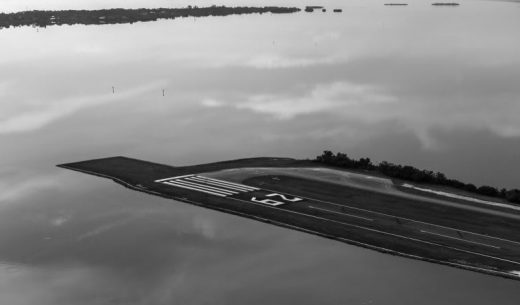The chaos wrought by climate change is already here–just look at Miami
Anastasia Samoylova lives on the “knife edge” of climate change. That’s how the Miami-based photographer describes life on the planet’s coastlines in 2019, where flooding, extreme storms, and erosion are already reshaping communities. Climate crisis is still theoretical for people in some regions. In Miami and other coastal cities, it’s a daily reality.
“I wonder if this overall denial of the severity of climate change is largely due to the fact that it is hard for people to imagine how different everything would look,” Samoylova says via email. “I think it also has to do with the majority of images on the subject becoming formulaic disaster-reportage or simply too unrelatable for someone who lives in a tamer climate.”
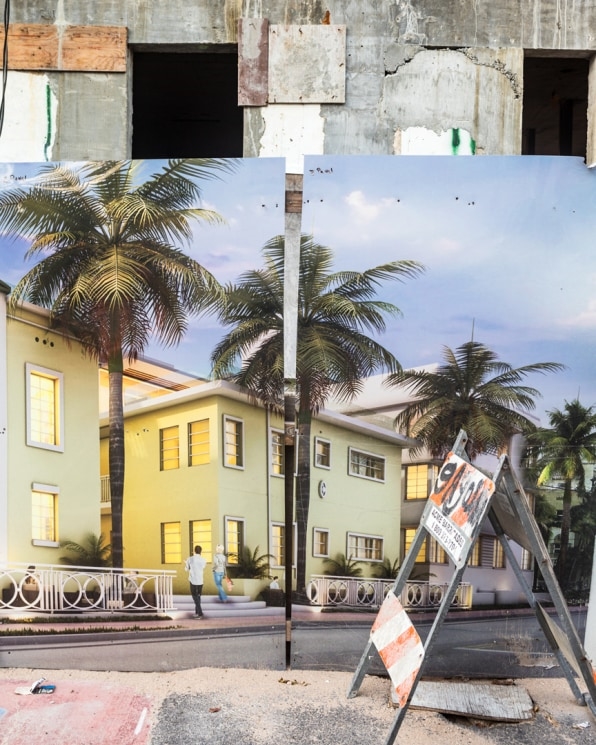
Samoylova moved to Miami in 2016. That year, she began photographing the city on her morning walks, focusing on the city’s verdant collision of a manmade real estate boom and the rapidly changing natural landscape. It was the hottest summer on record, she notes. Around the same time, the city was racing to install pumps and raise streets to deal with regular flooding, thanks to the rapid rate of sea level rise in some parts of Miami (pumps which, as one meteorologist put it in the New Yorker, were nothing more than “band-aids”). The next summer Hurricane Irma–one of the costliest storms on record–would pummel the city. Just a few months later, Miami voters approved a taxpayer-funded $400 million bond to pay for resilience projects across the city, which has been lauded by the UN as a small but important model for other cities.
But on her morning walks, Samoylova captured scenes that only hint at the changes. An advertisement for a new condo development is set askew by sand dunes and emergency barriers. A patio shade has been ripped open to expose a cloudless sky. A placid pool is covered in leaves from mangroves, which help absorb storm surges but are being quickly killed off by sea level rise–these ones, she explains, were shredded by Hurricane Irma. “I’m looking for that tension between the idyllic and something more troubling–beauty that is uncertain and uncertainty that has its own strange beauty,” she says. “Mold on buildings, rotting greenery, dense humid air.”
The photographs now make up an ongoing project, called FloodZone, which will take her to 50 coastal communities to document the very real effects of climate change on America’s shorelines. Inspired by a handful of new books about climate change, including Jeff Goodell’s The Water Will Come and Rising: Dispatches from the New American Shore by Elizabeth Rush, the project aims to document life in floodzones, from Delaware to Mississippi, through a fine art photographer’s lens. Samoylova’s photos are an uncanny mixture of tropical motifs shadowed by ominous storm clouds, “a sense of uneasiness barely concealed behind the façade of everything being ‘as usual,’” as she puts it. “I hope to point attention to the early and small signifiers of climate change everyone can now find in their own surroundings. It will come sooner and more severely for some than others,” she adds, but “the problem is global and will affect us all.”
If sea levels continue to rise, these photos will be reminders of the way of life that once existed on American coastlines–but for now, daily life mostly continues as it always has.
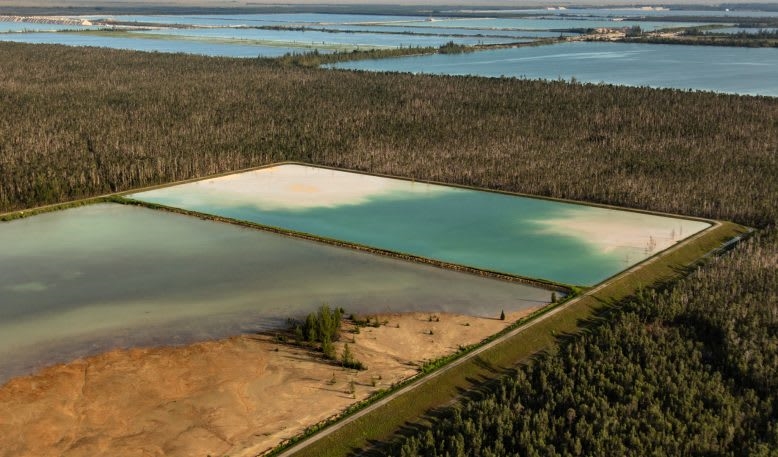
[Photo: Anastasia Samoylova]
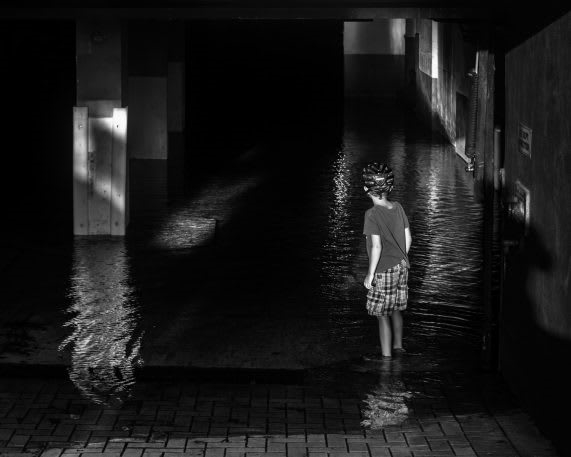
[Photo: Anastasia Samoylova]
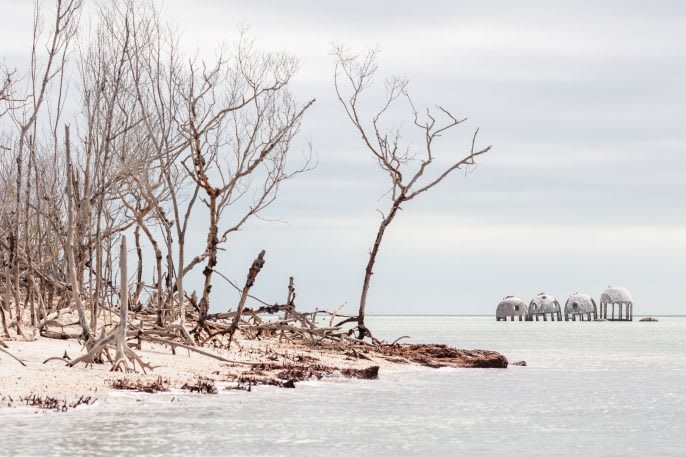
[Photo: Anastasia Samoylova]
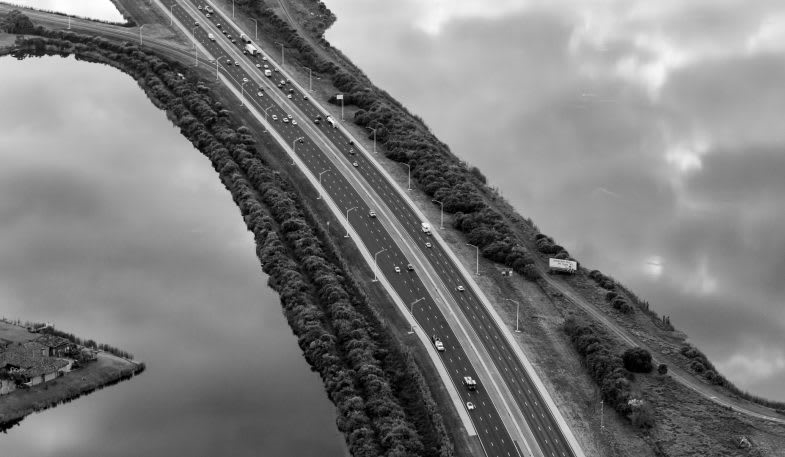
[Photo: Anastasia Samoylova]
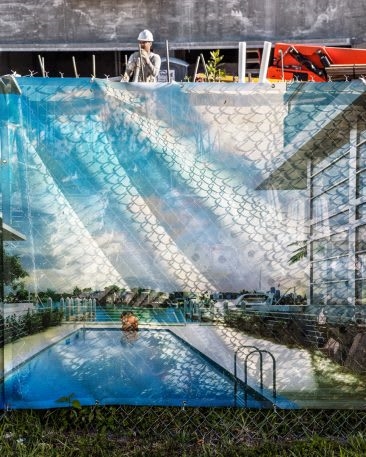
[Photo: Anastasia Samoylova]
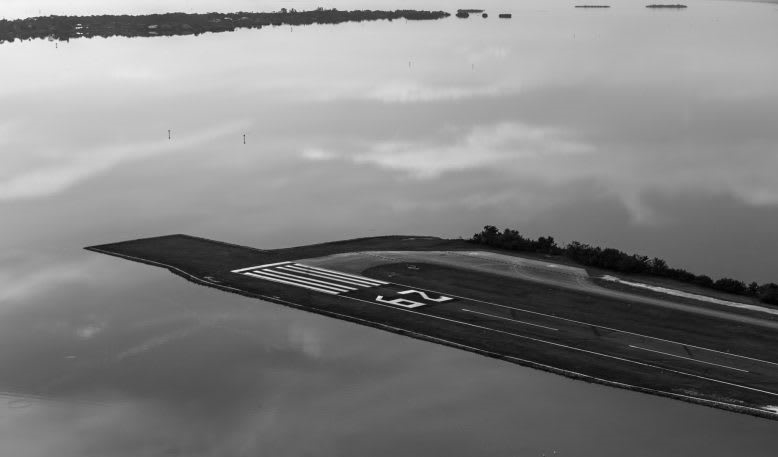
[Photo: Anastasia Samoylova]
Fast Company , Read Full Story
(18)

